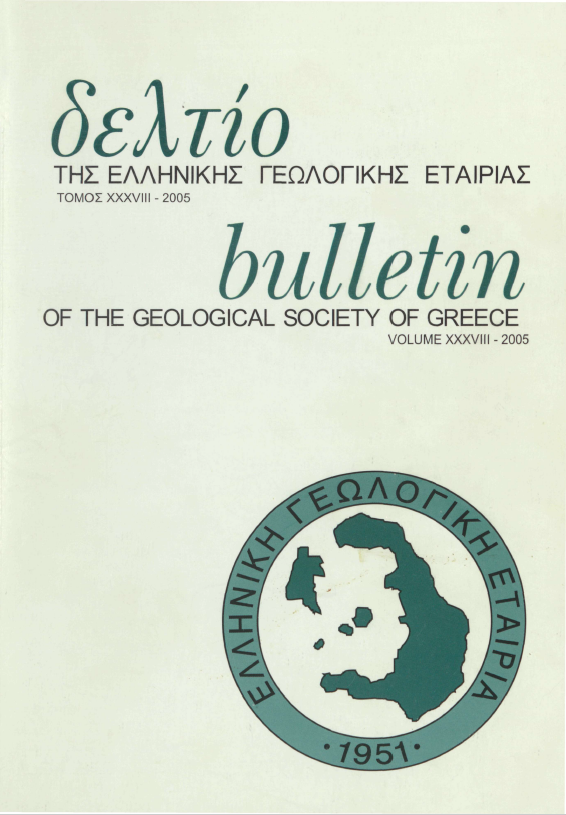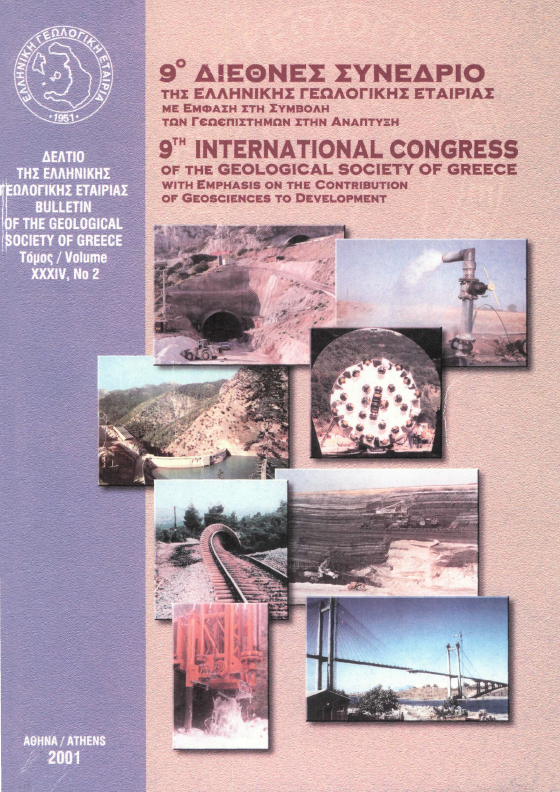Study of delta formation factors at Central Greece

Abstract
The aim of this study is to determine the correlation between morphological features of the drainage basins of seven Greek rivers (Pinios, Sperchios, Evinos, Acheloos, Arachthos, Louros and Kalamas) and features of their deltas. The Greek mainland is an area with suitable conditions for delta development (high relief, high precipitation, high sediment load, shallow, tectonically inactive, gulfs). Large Greek deltas include wetlands of great environmental importance as well as important areas of great socioeconomic significance. The above rivers have been considered in the present investigation because they all have formed extensive deltas. Furthermore their catchment areas are located entirely within Greece so it was easy to collect elements of great importance about the morphology, the geology and the climate conditions of the studied areas. The morphometric parameters of the drainage basins (drainage basin area, perimeter, total channel length within the basin, contour length within the basin)) were measured using topographic maps at a scale of 1:200.000. The morphological features of the deltaic formations (area of the delta, length of the channel within the deltaic plain) were measured from topographic maps at a scale of 1:50.000. Furthermore morphometric parameters such as drainage density, drainage frequency, slope of the valley and circularity were estimated. In order to determine the influence of the basin lithology upon the evolution of the deltas, the rocks were grouped in five types according to their hydrogeological behavior. A positive correlation between morphometric features of the drainage basins such as the basin area and the length of the main channel of the river and the area of the delta was confirmed while deviation such as the case of Pinios and Louros were determined. The same positive correlation was observed for the slope of the valley and the area of the delta. Elongated basins with rough relief tend to form extensive deltaic formations. Thus is confirmed the importance of the fluvial sediment supply for the evolution and progradation of the Greek deltas. Human activities are another important factor for the future of the deltas. The construction of dams in the upper reaches of the basins caused dramatic reduction in the sediment flux. Human interference includes also the draining of marshy areas, cultivation, fisheries, the artificial diversion and confinement of the main river channel. Another long term natural hazard that will affect the deltaic environment is the projected 34cm sea level rise by the year 2100. It is estimated that the total area of the studied delta that will be inundated by the sea until that year is about 112,7km2.
Article Details
- How to Cite
-
ΚΑΡΥΜΠΑΛΗΣ Ε., ΤΕΓΟΥ Μ., & ΤΣΑΛΚΙΤΖΗ Ο. (2001). Study of delta formation factors at Central Greece. Bulletin of the Geological Society of Greece, 34(1), 381–388. https://doi.org/10.12681/bgsg.17040
- Section
- Neotectonics and Geomorphology

This work is licensed under a Creative Commons Attribution-NonCommercial 4.0 International License.
Authors who publish with this journal agree to the following terms:
Authors retain copyright and grant the journal right of first publication with the work simultaneously licensed under a Creative Commons Attribution Non-Commercial License that allows others to share the work with an acknowledgement of the work's authorship and initial publication in this journal.
Authors are able to enter into separate, additional contractual arrangements for the non-exclusive distribution of the journal's published version of the work (e.g. post it to an institutional repository or publish it in a book), with an acknowledgement of its initial publication in this journal. Authors are permitted and encouraged to post their work online (preferably in institutional repositories or on their website) prior to and during the submission process, as it can lead to productive exchanges, as well as earlier and greater citation of published work.





